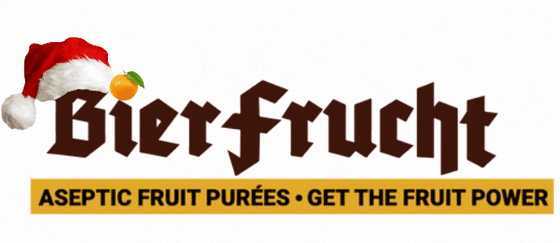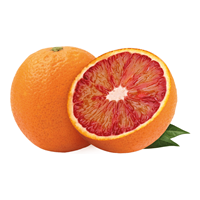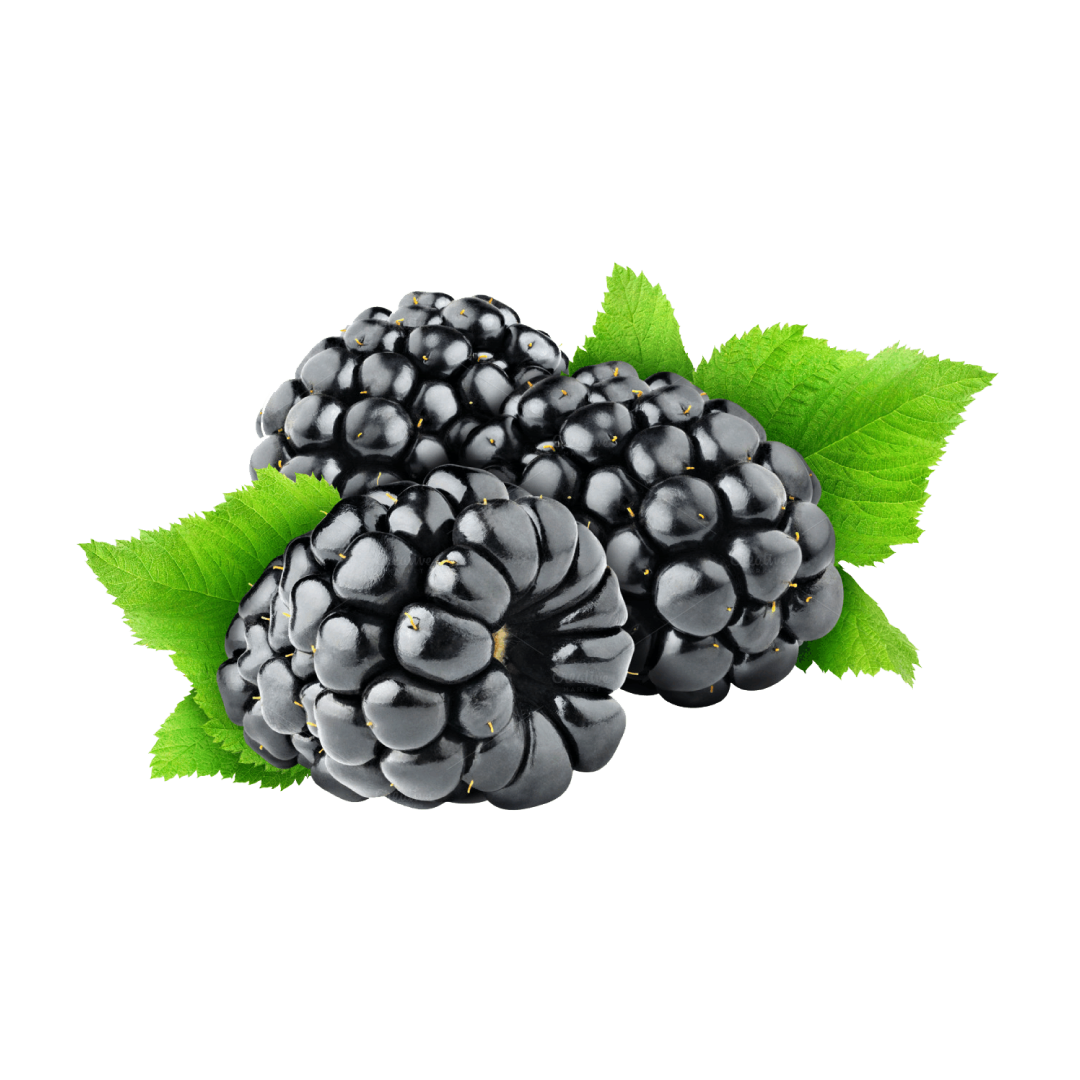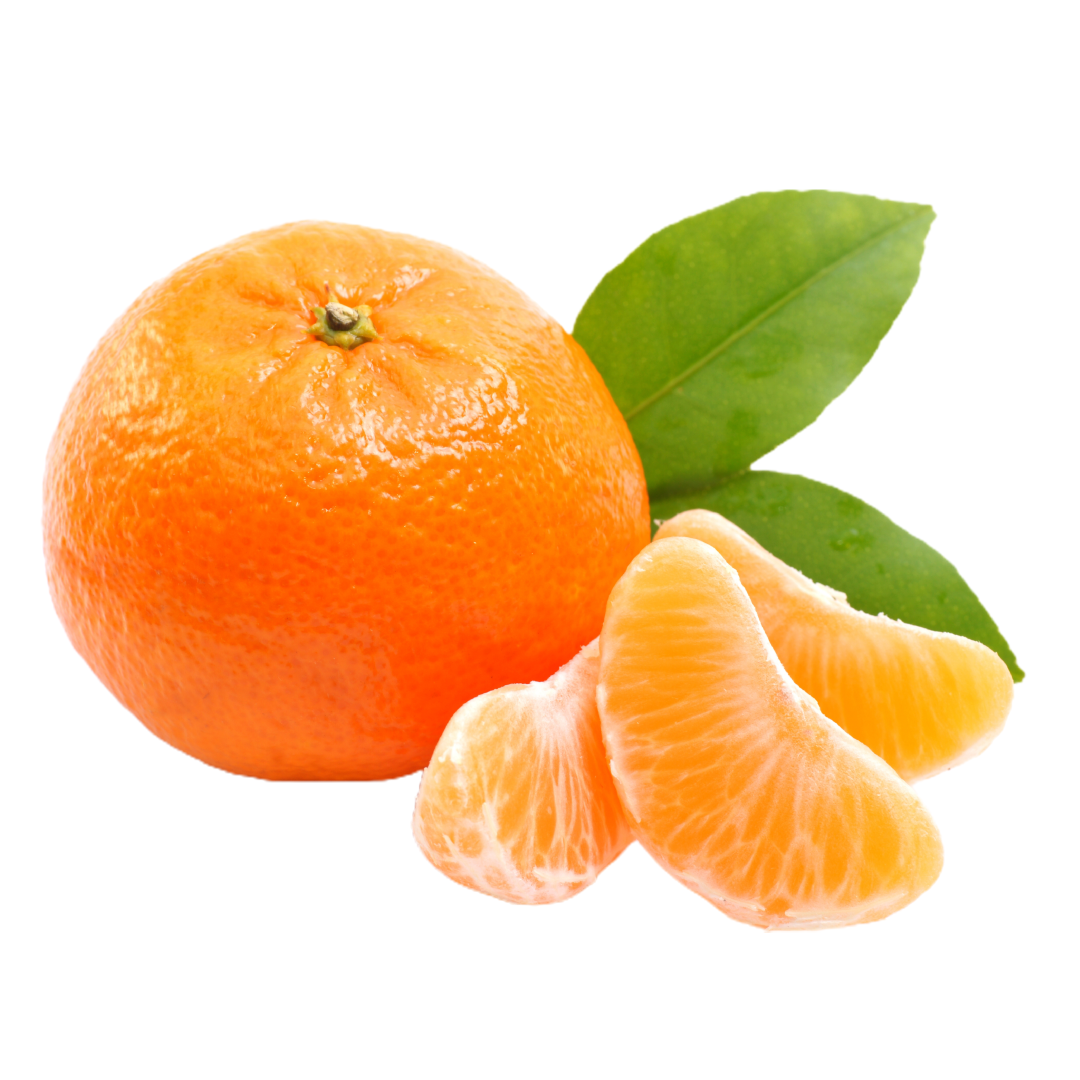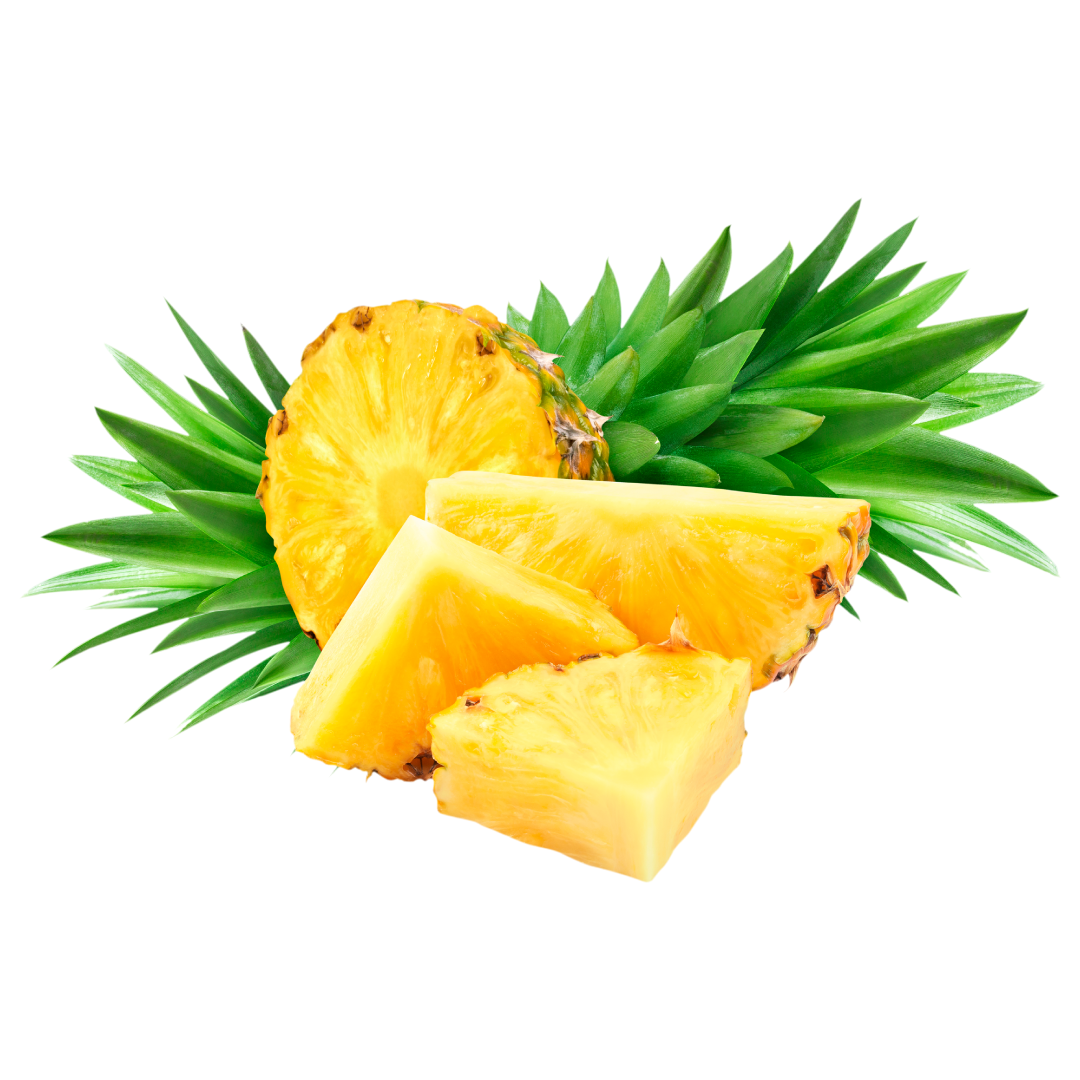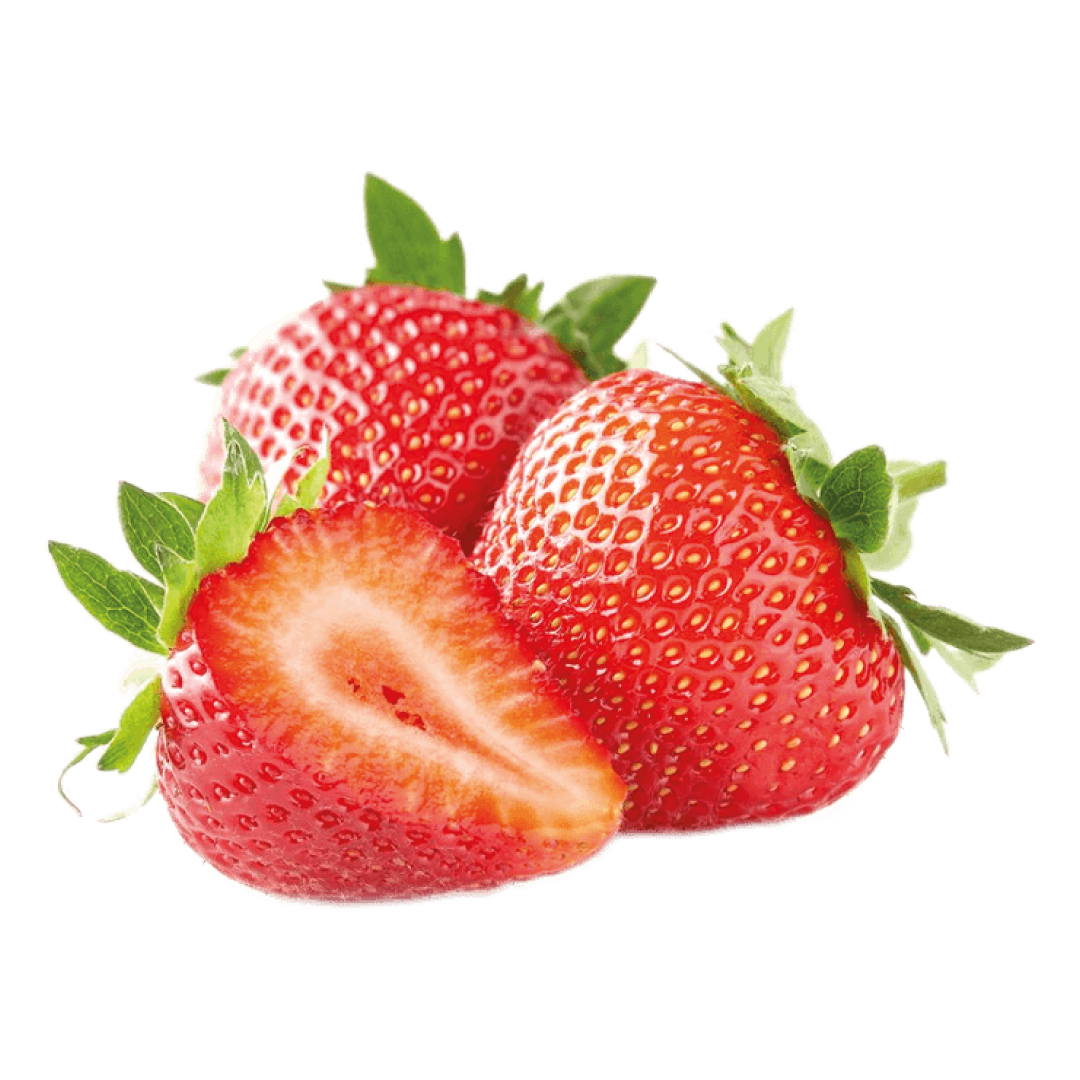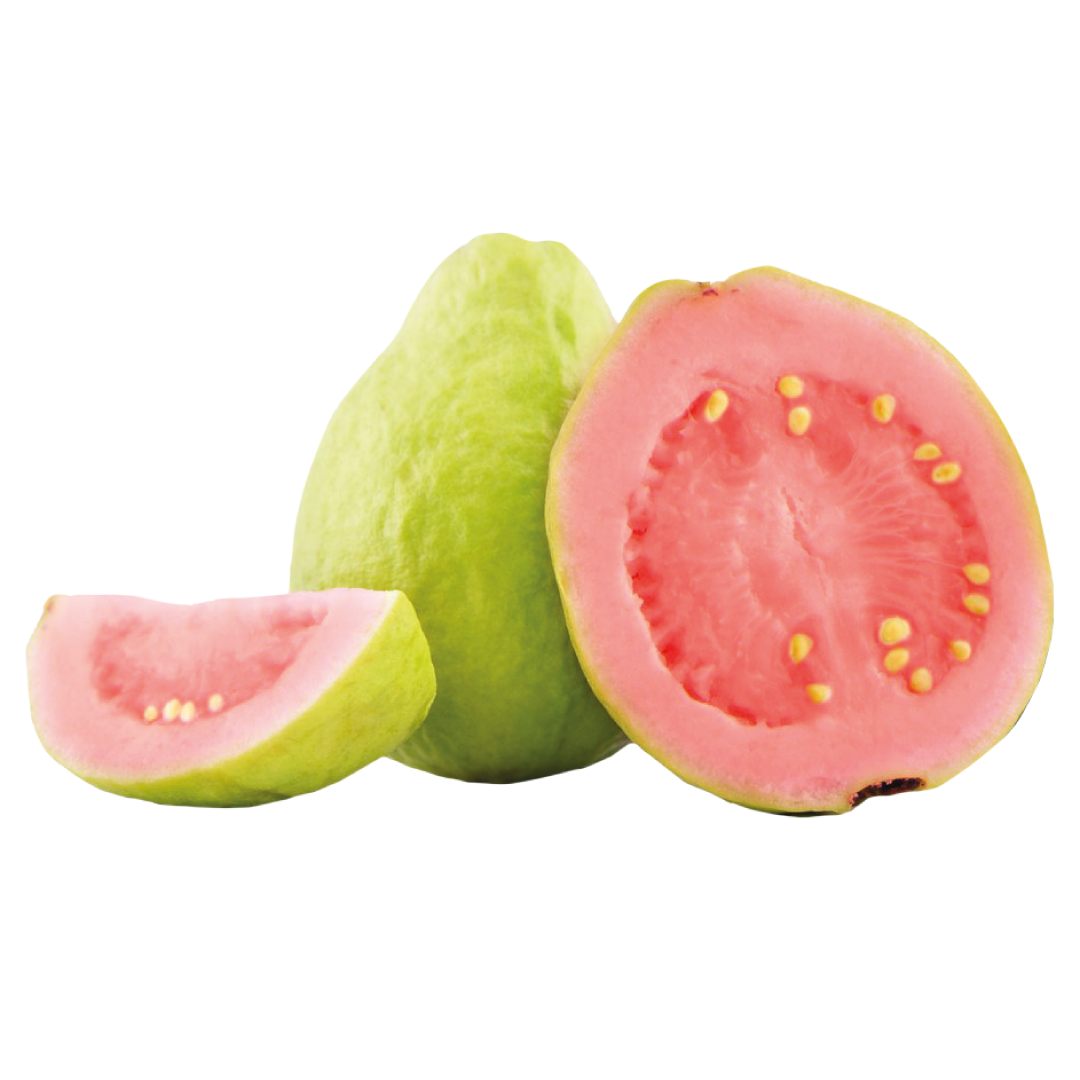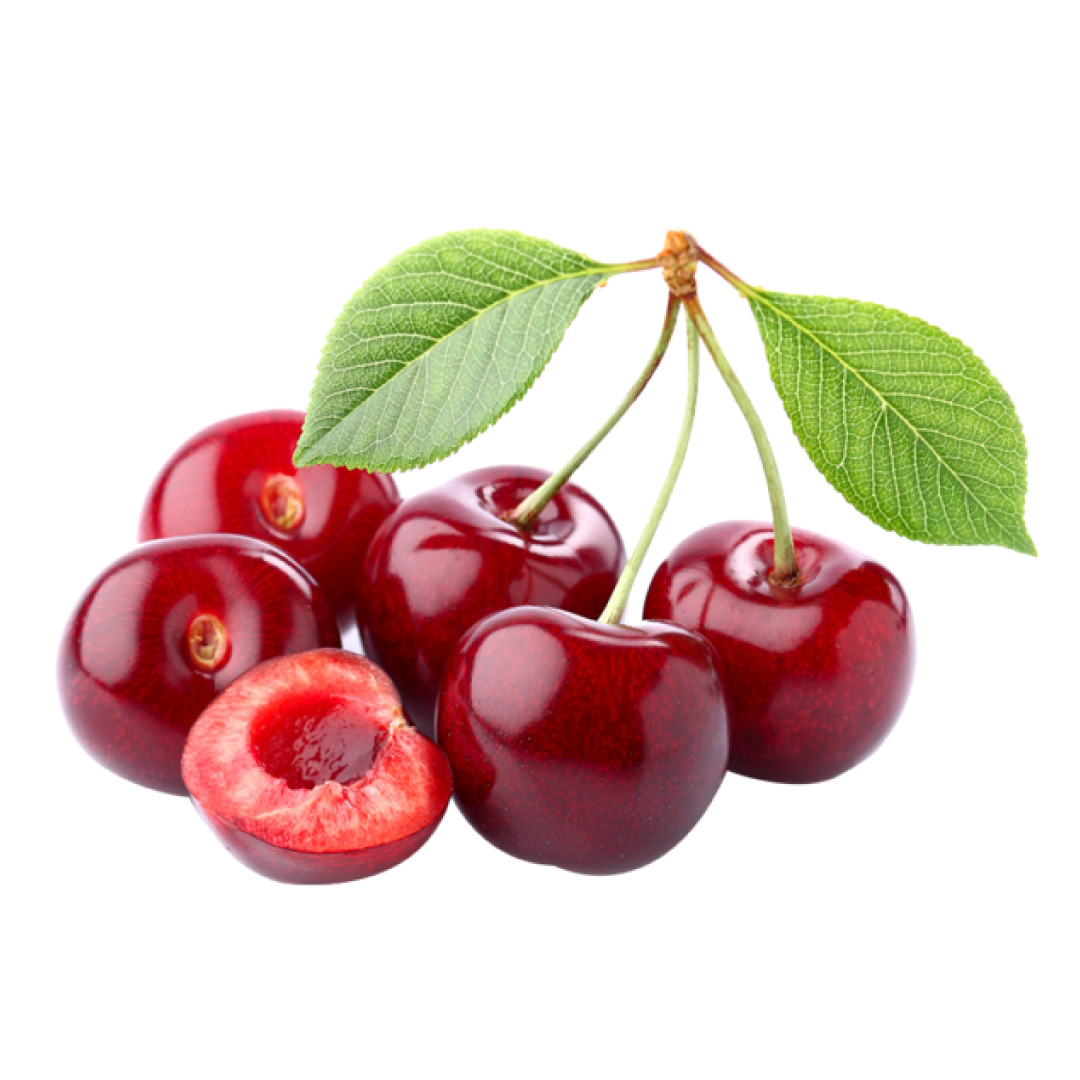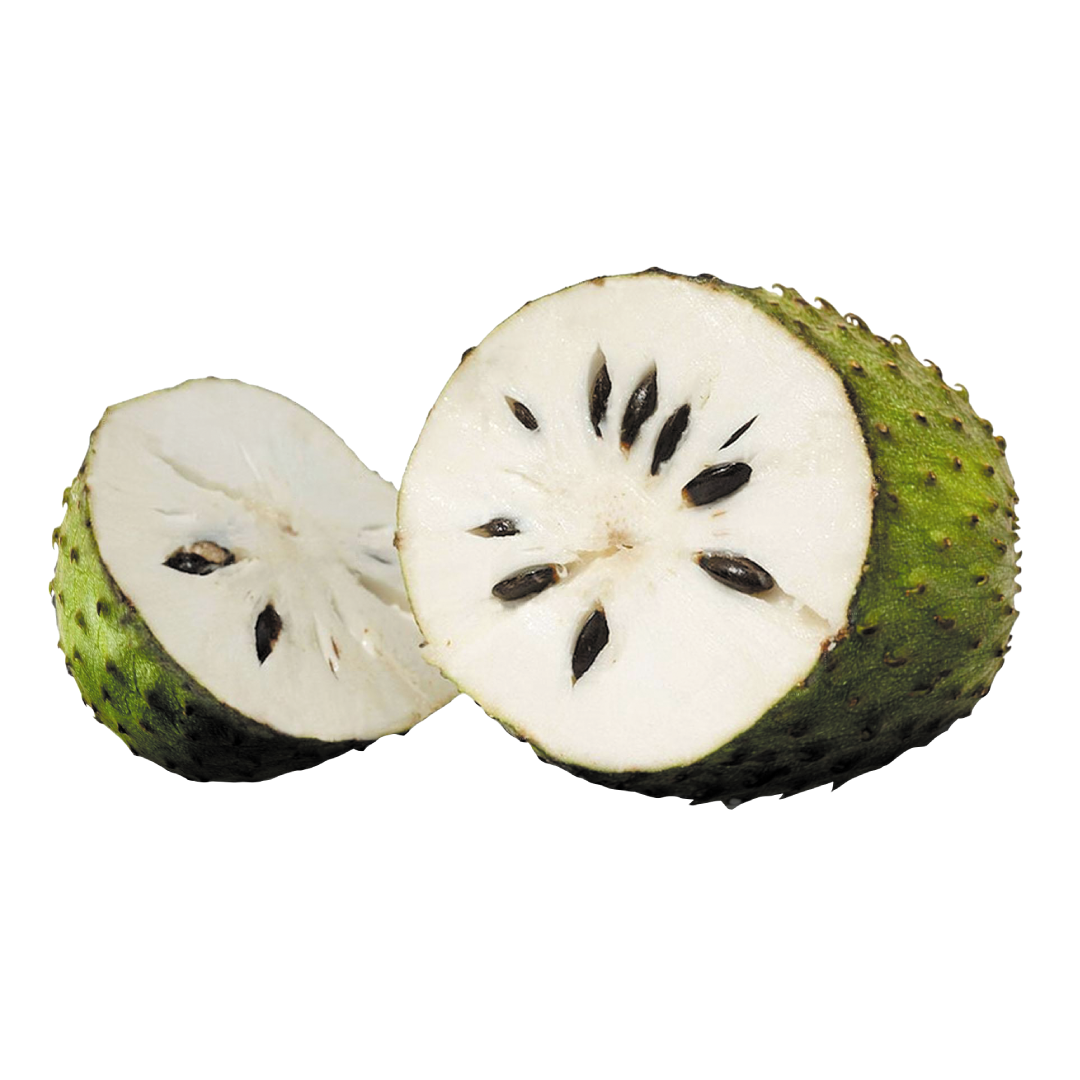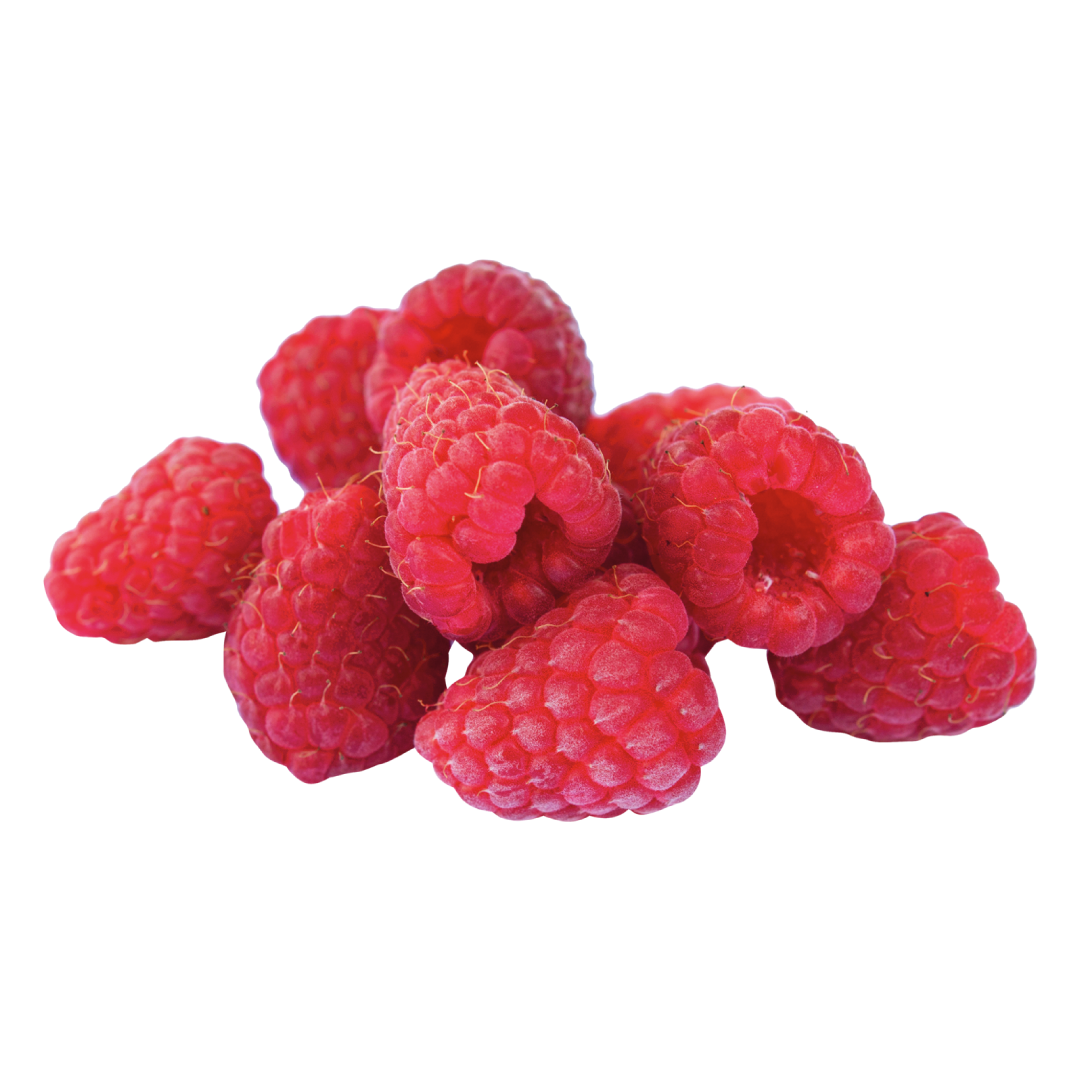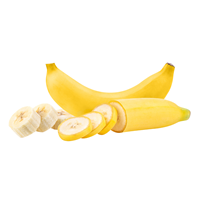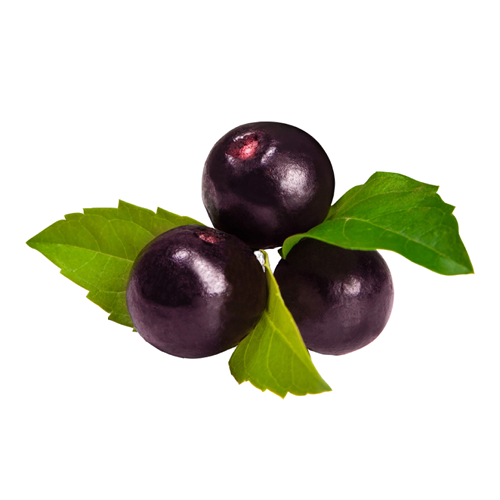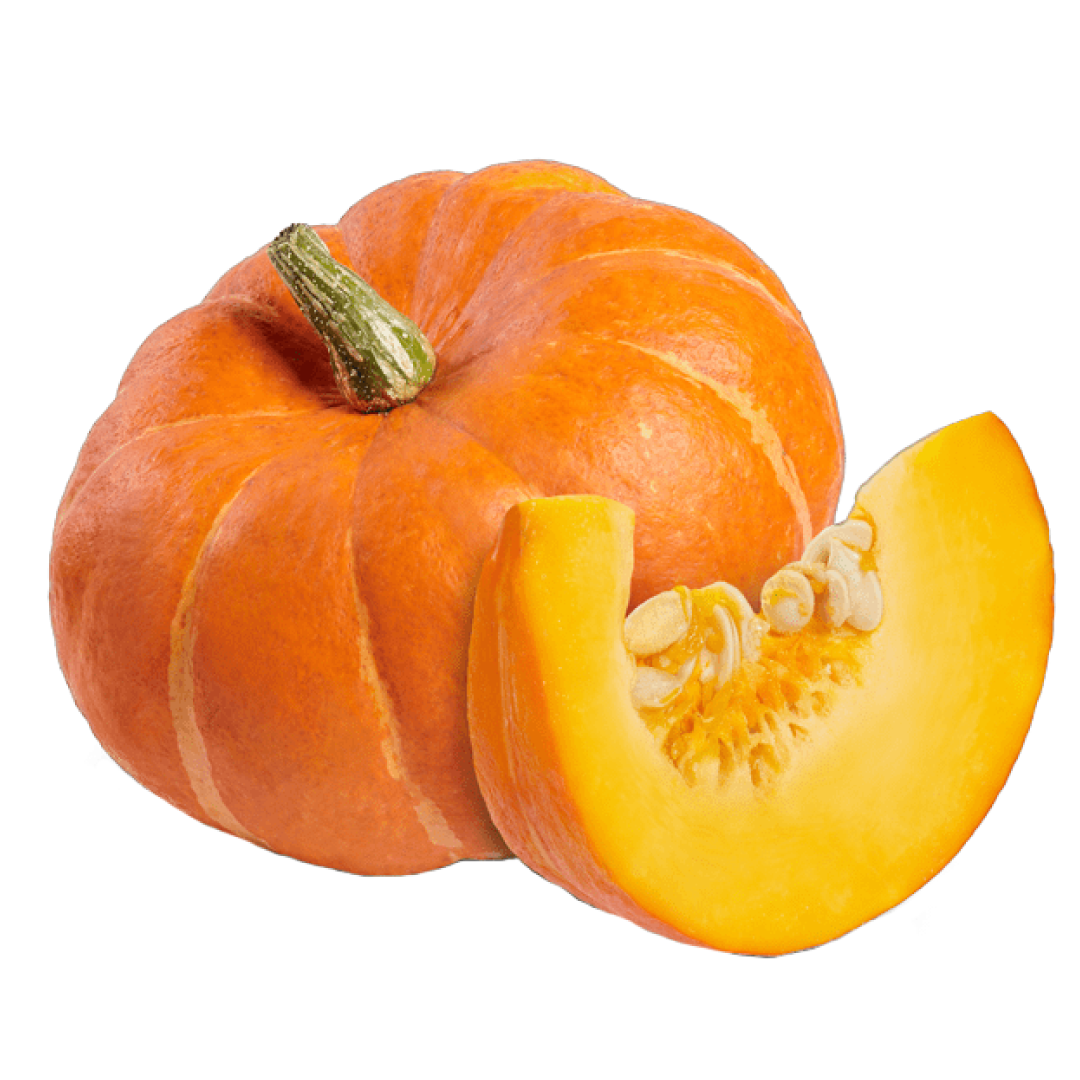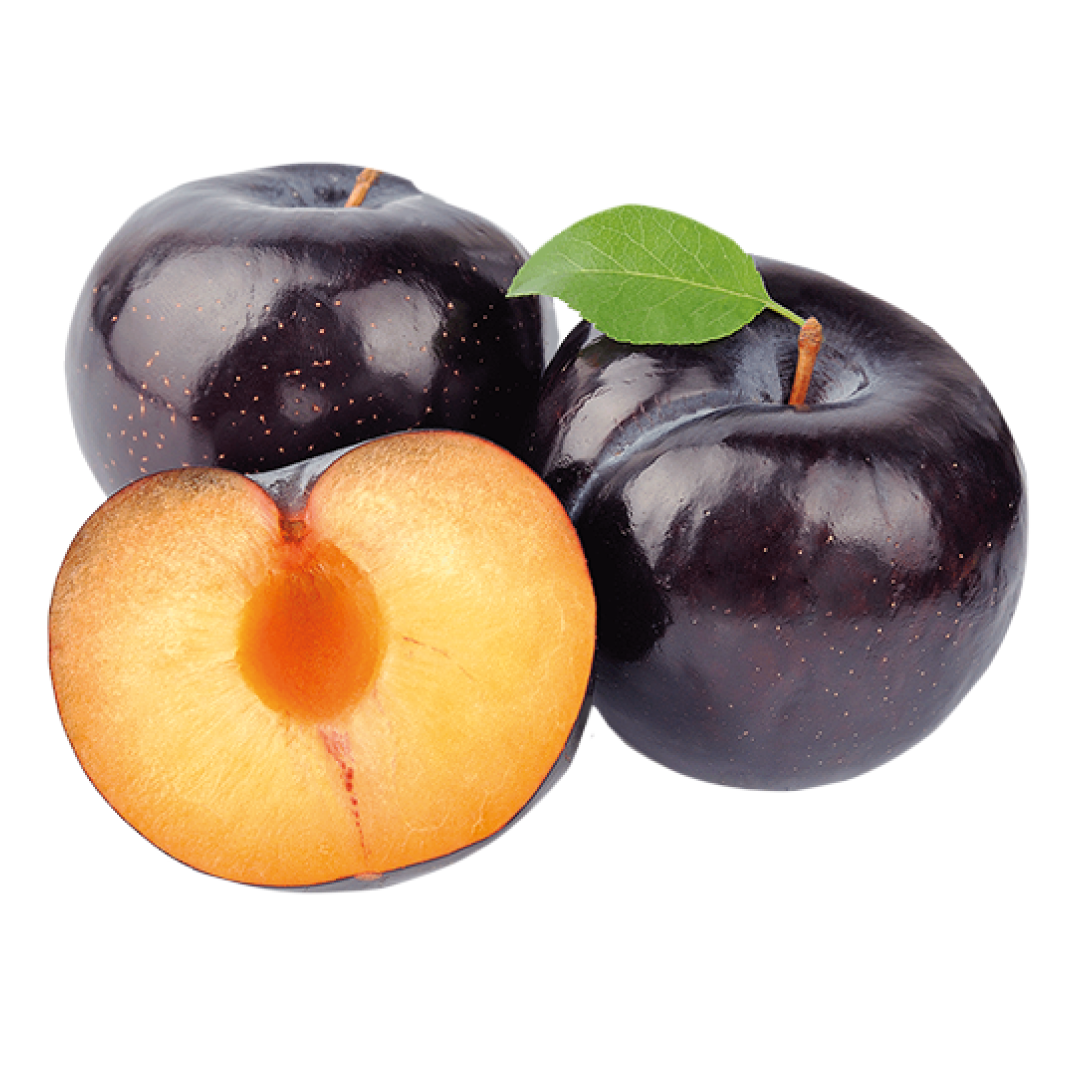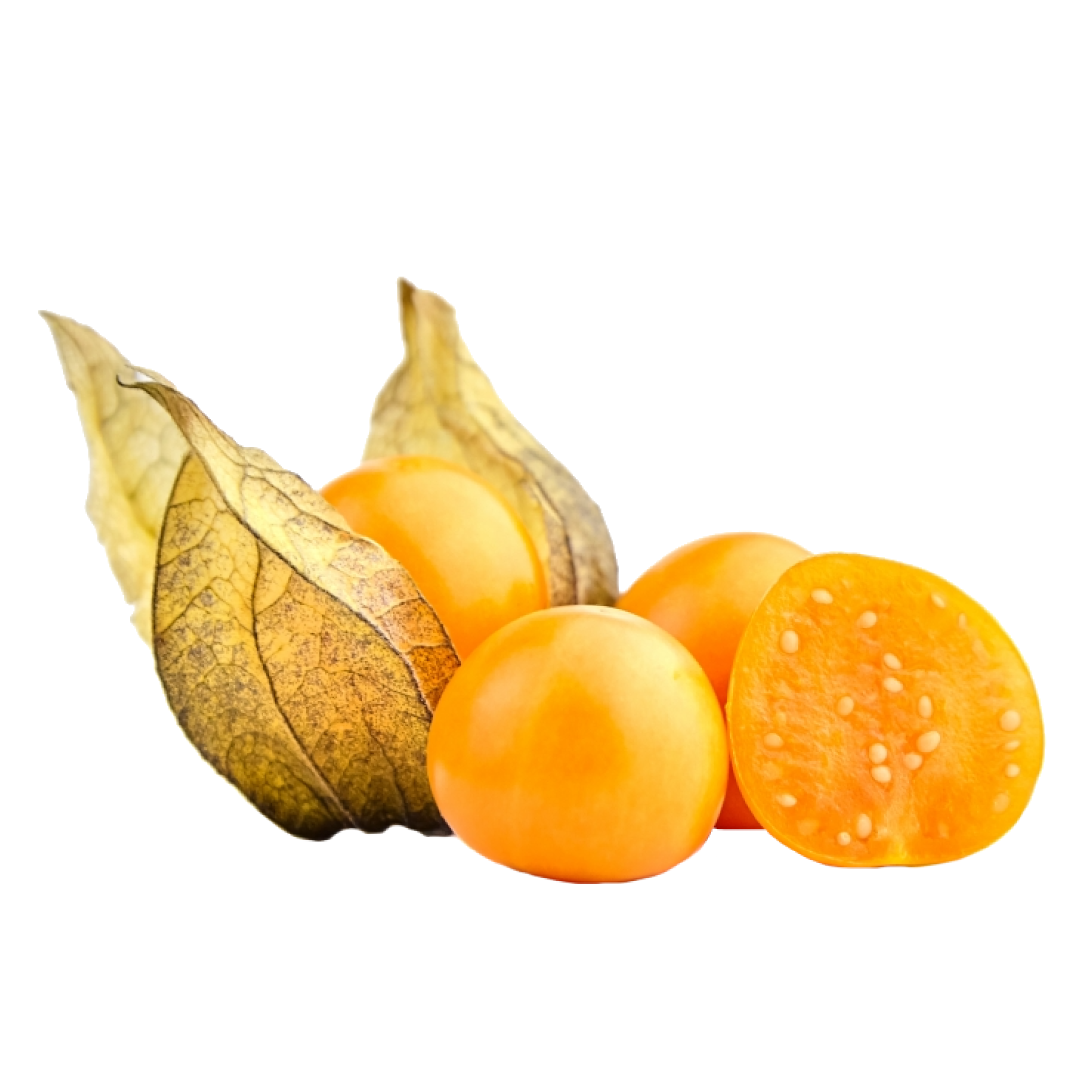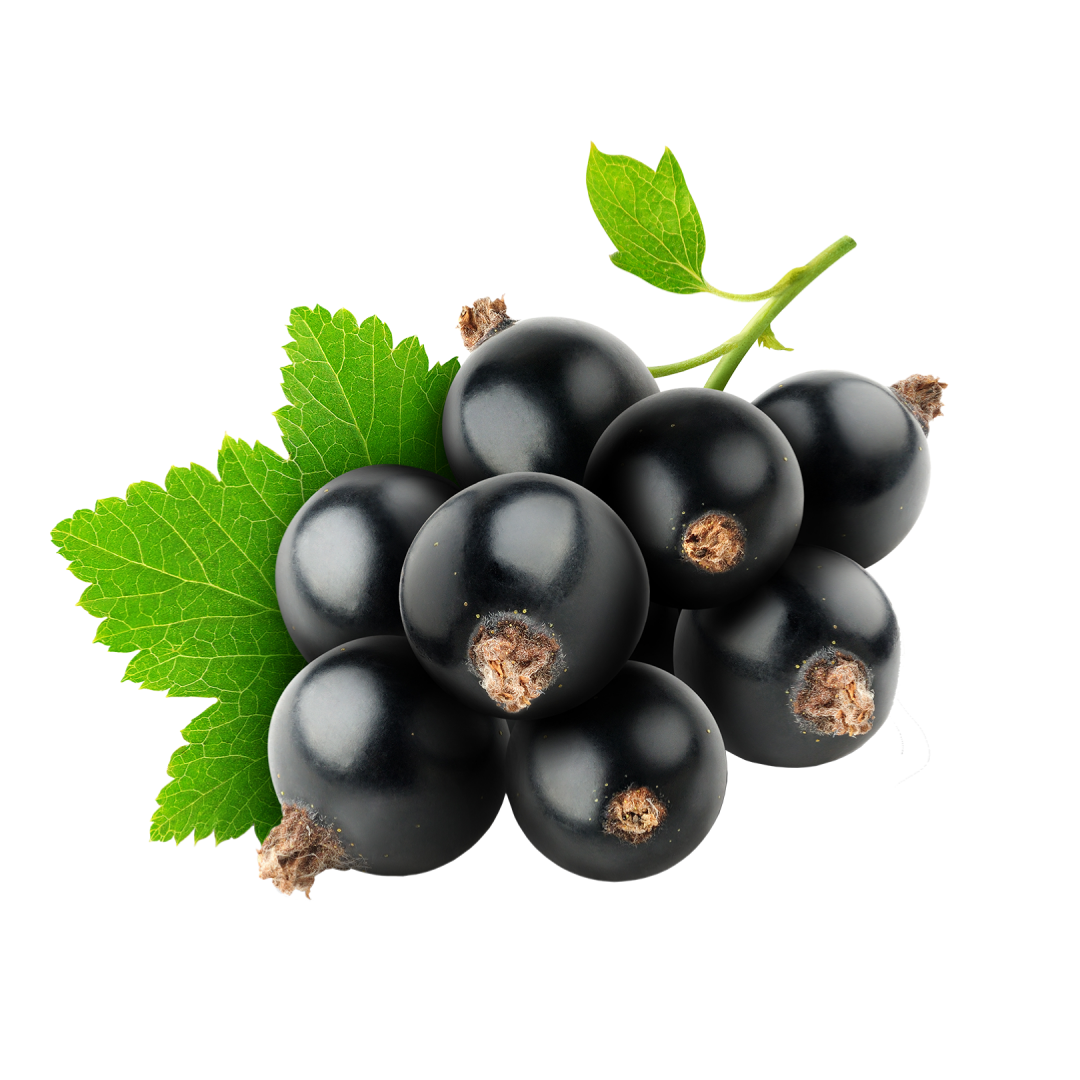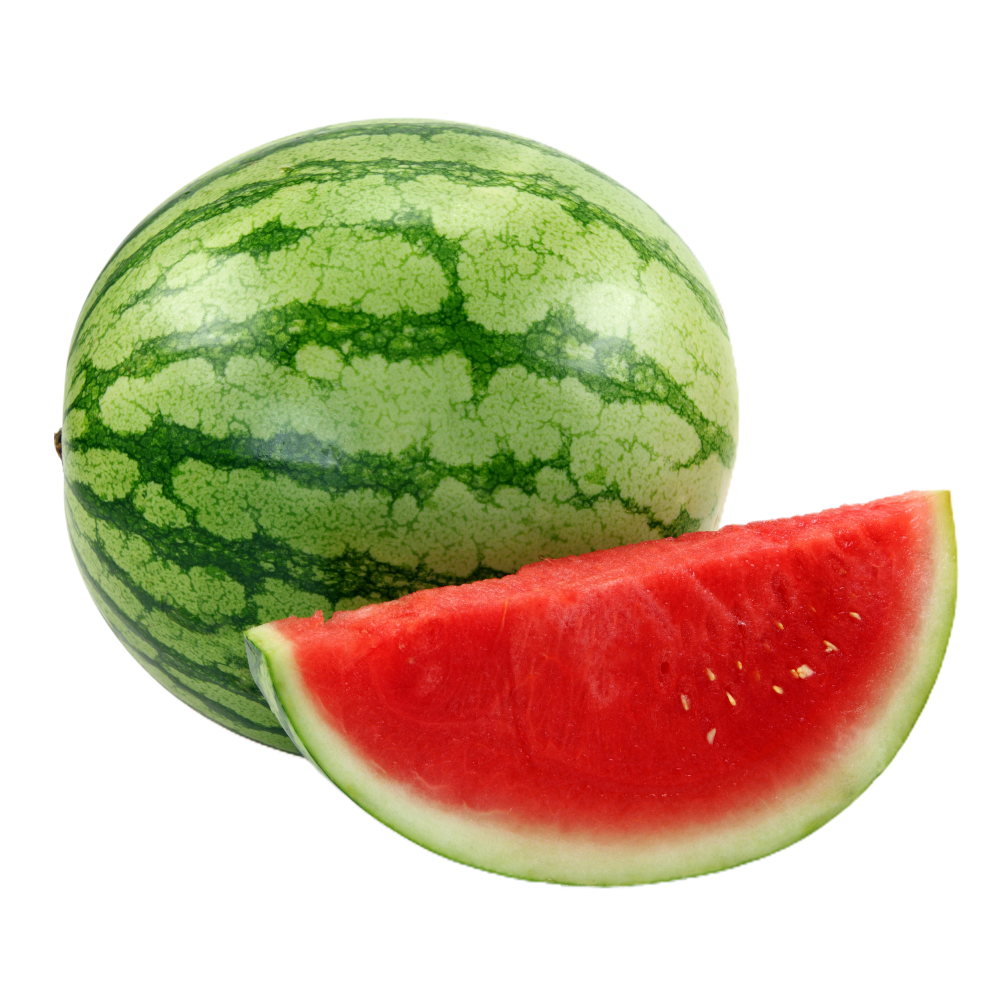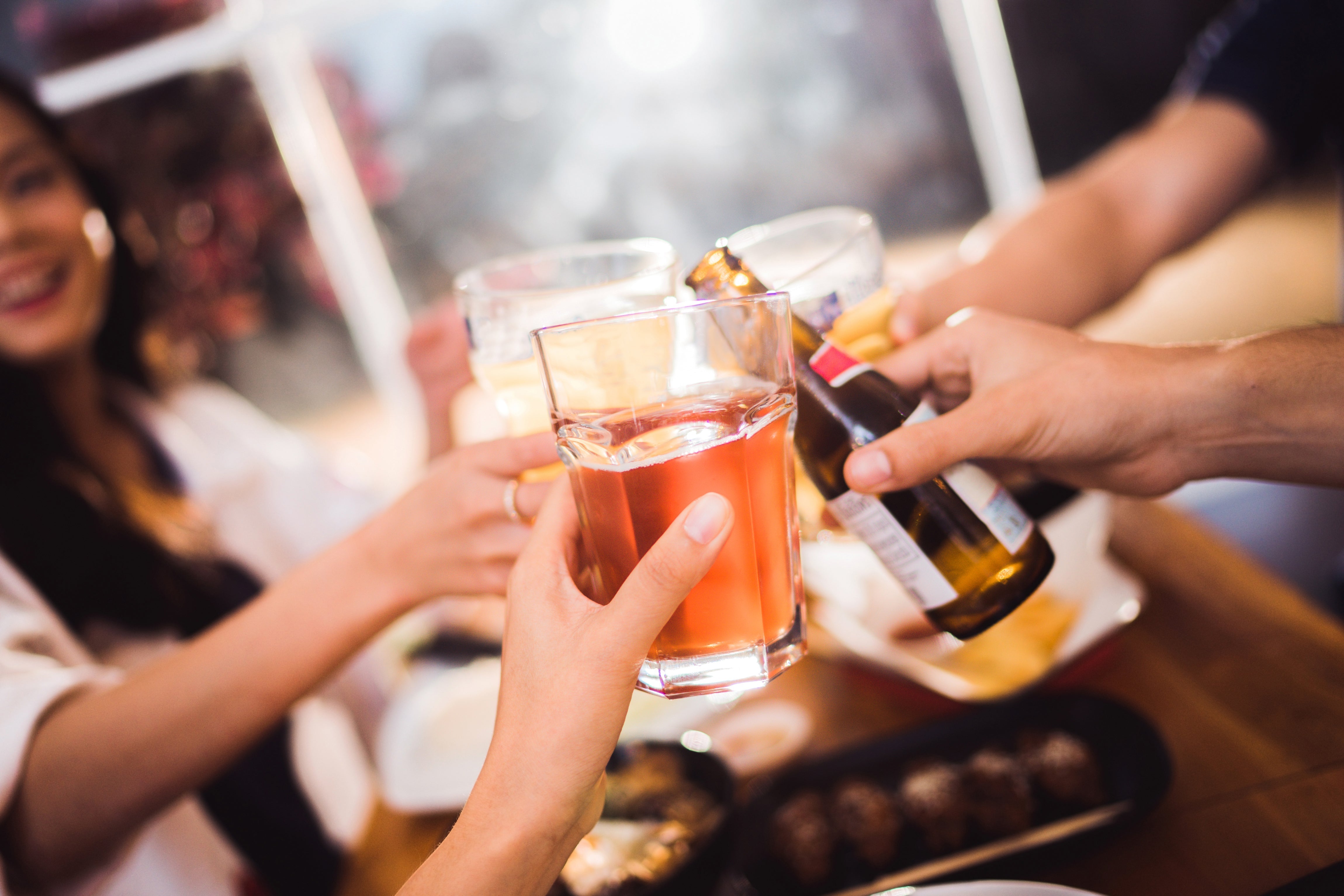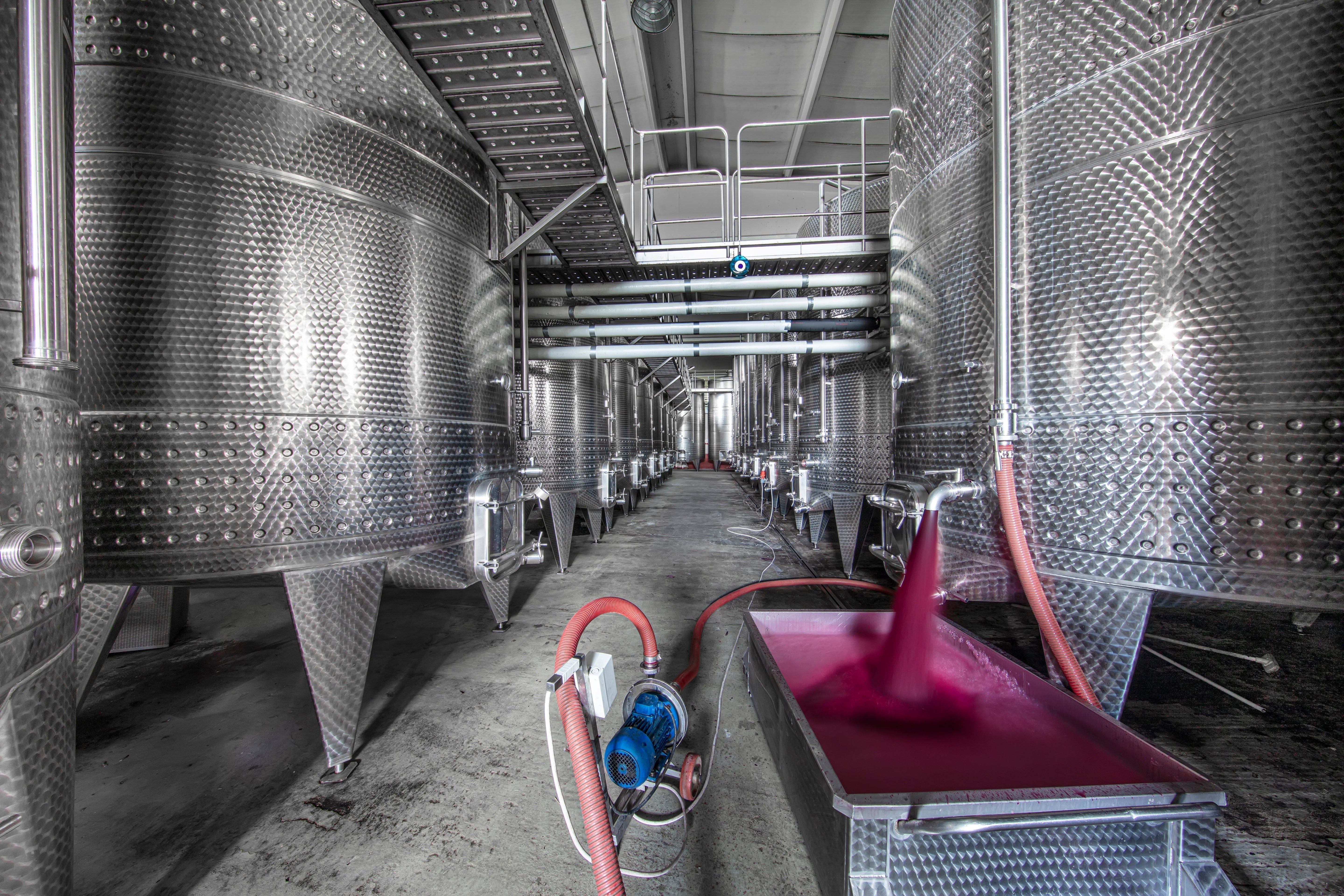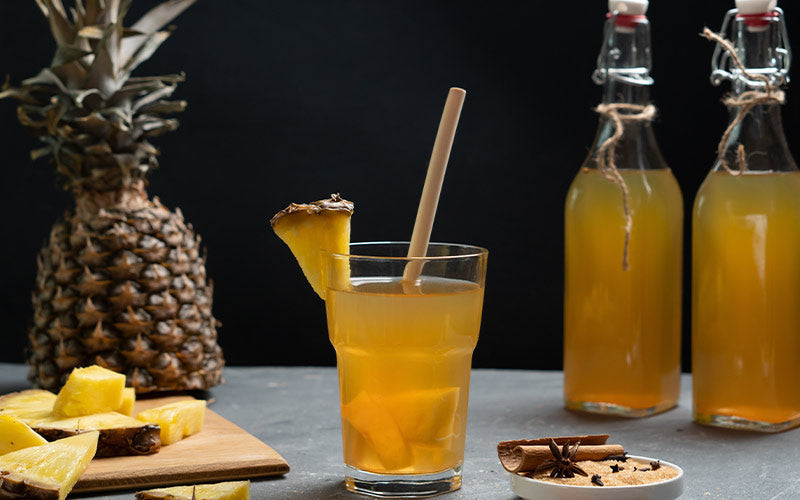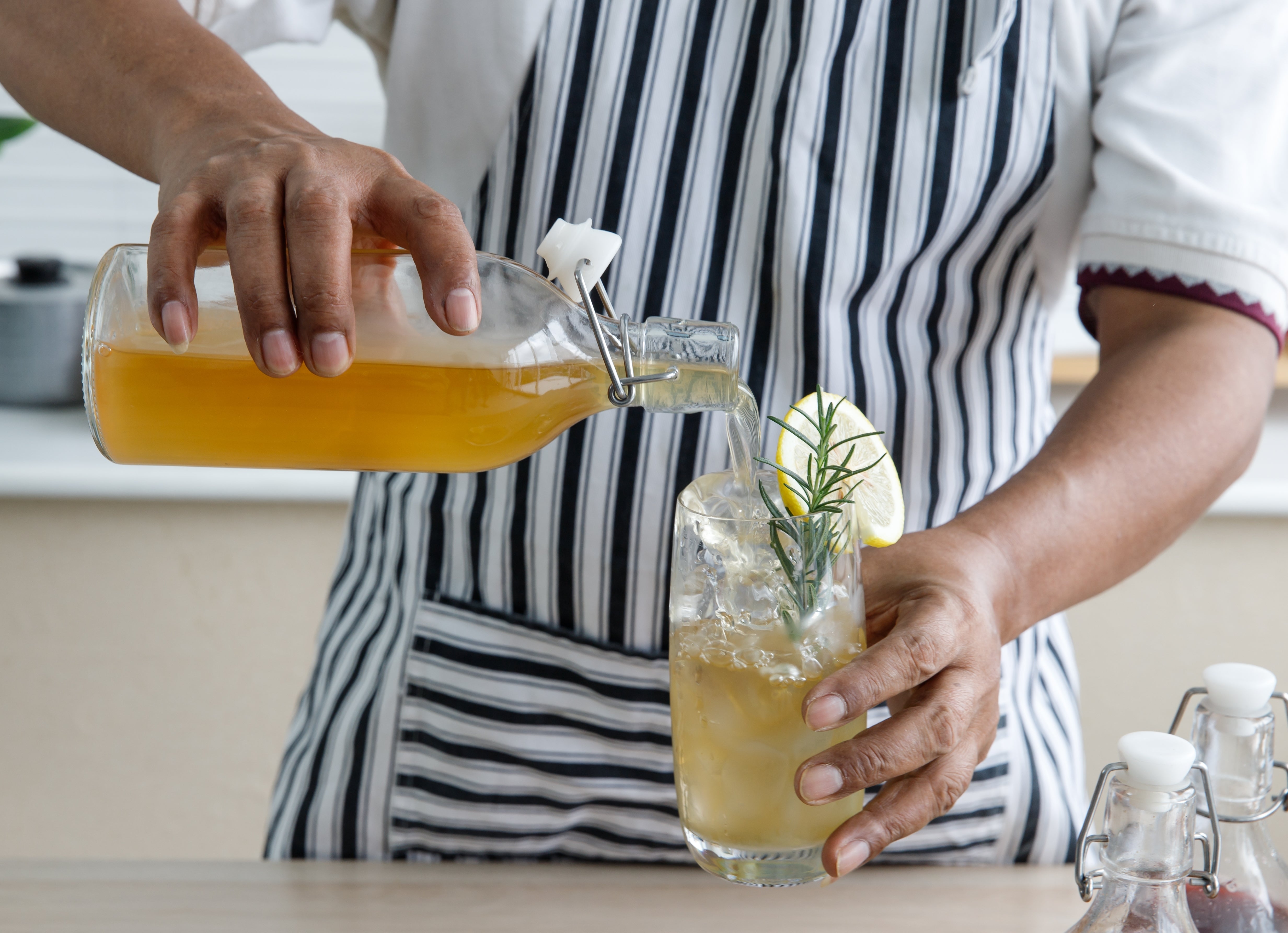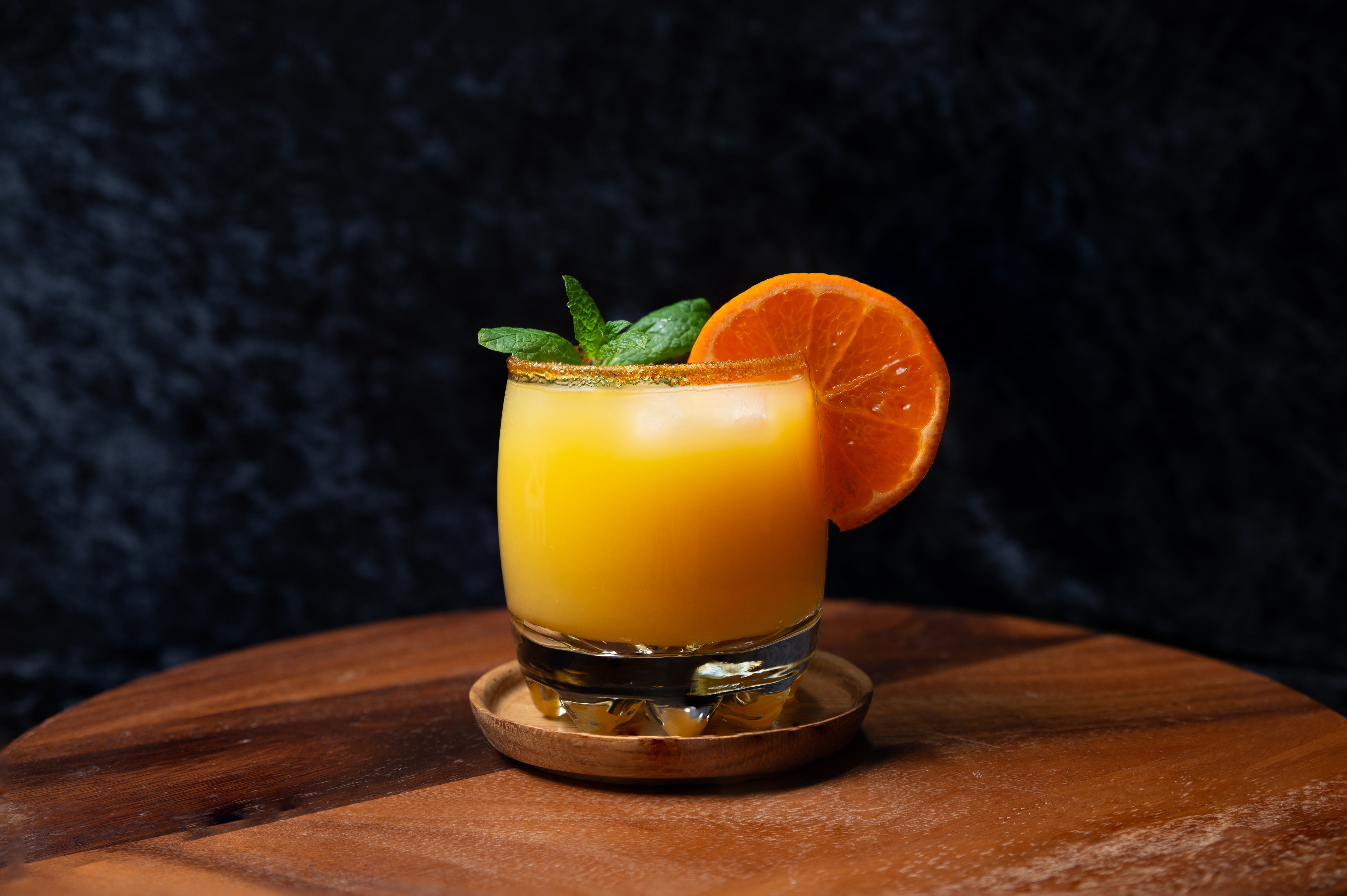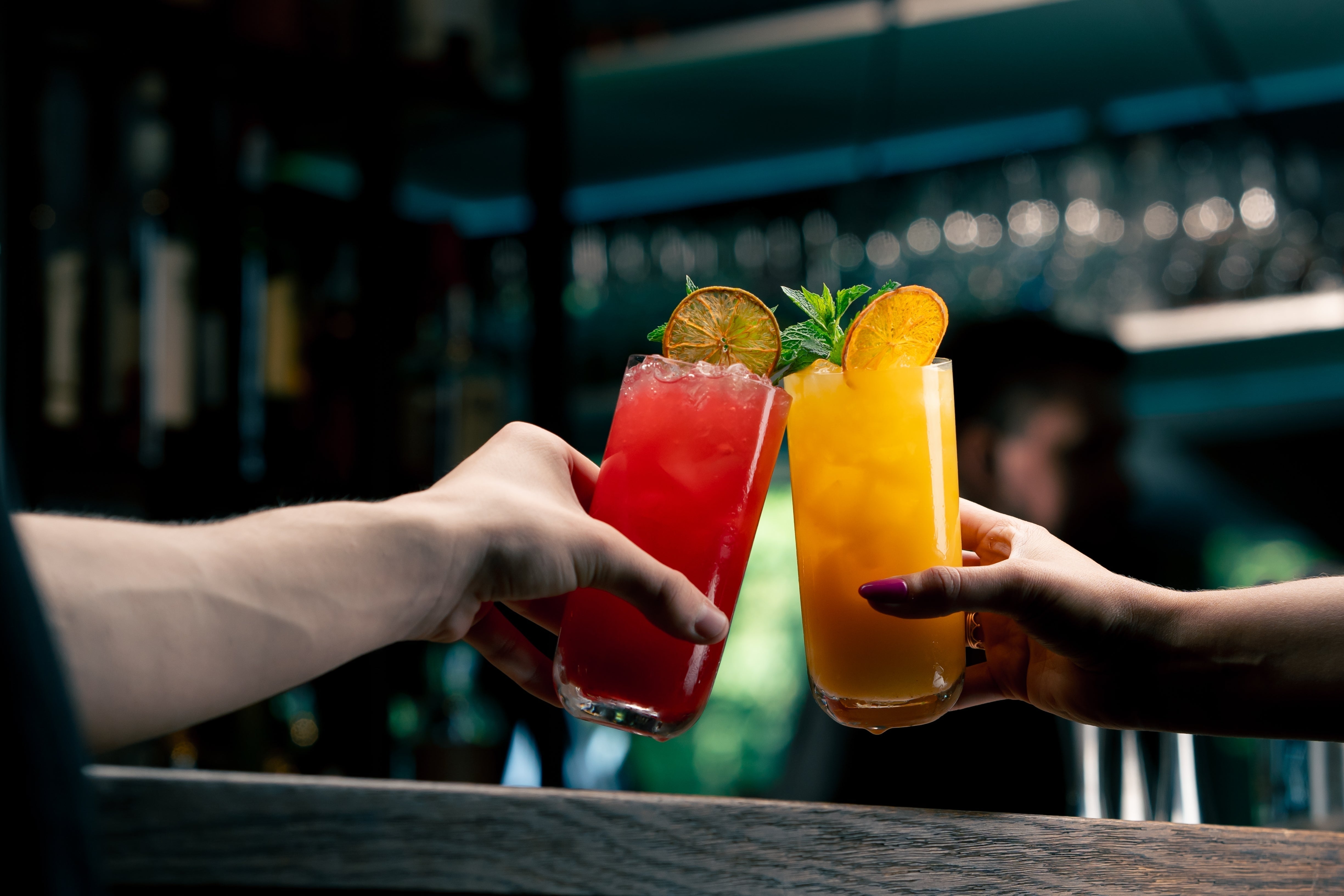How to meet the growing demand for refreshing and healthy drinks? Especially in a world filled with choices. The key lies in following good practices in the production of non-alcoholic beverages. Explore how to create beverages that delight and appeal to others.
Non-alcoholic Beverages: What are the Favorites?
The United States led the consumption of non-alcoholic beverages, totaling over 141.3 billion liters of juices, bottled water, and soft drinks consumed within its market in 2022 (Orús, 2023).
Other noteworthy data regarding this country includes:
- It is projected that by 2023, the average per capita consumption in the non-alcoholic beverage market in the United States will reach 435.70 liters (Statista, 2023).
- The United States is experiencing an increase in demand for natural and health-beneficial non-alcoholic beverages.
In the case of Canada, in 2023, the non-alcoholic beverage sector recorded profits of 20.2 billion euros.
Further insights include:
- The predominant sector in this market is soft drinks, reaching a market volume of 13.5 billion euros in 2023.
- There's a growing interest in Canada for innovative and health-beneficial beverages. Consumers seek distinctive flavors and functional ingredients (Statista, 2023).
What are the Most Requested Beverages?
 Among the popular choices are:
Among the popular choices are:- First, flavor profile.
- Secondly, sparkling water.
- Also, fruit juice.
- And ready to drink.
These beverages are popular in both countries due to their pleasant and refreshing taste. Additionally, they are appreciated for their contribution of beneficial vitamins and minerals to health. Smoothies, for example, are a common choice among those seeking a healthy and delicious drink (Juárez, 2020).
Prepared with fresh fruits, they are often mixed with yogurt or milk to obtain a creamy and nutritious beverage. On the other hand, energy drinks are prominent in both countries due to their energy-boosting properties.
Best Practices for Production
Good practices in the manufacturing of non-alcoholic beverages encompass hygiene and food safety. Hence, manufacturers must comply with local regulations and standards.
Some considerations to consider are:
- Maintain a clean and regularly sanitized production environment, along with appropriately sanitized equipment.
- Use fresh, high-quality ingredients in beverage preparation. It is also important that fruits and other ingredients are in good condition and do not contain harmful substances.
- Precisely measure and combine ingredients. This ensures consistency in flavor and the quality of the final product.
- Control temperature and storage time to prevent potential bacterial contamination.
- Provide clear and accurate labels. Consumers should have access to ingredient lists, expiration dates, and nutritional value of products for informed decision-making.
- Use appropriate and secure packaging for each type of beverage. Proper storage is ideal to maintain their quality and taste.
- Lastly, train staff in hygiene and food safety practices. Ensuring compliance with established standards is essential.
Production Processes: SMEs vs. Large Industries
The production of non-alcoholic beverages in SMEs has benefits and opportunities for enhancing quality and delivery timelines. So, here are some aspects to consider in comparison with large industries according to Corvo (2023):
- SMEs tend to have a smaller-scale production of non-alcoholic beverages than large industries, influencing their production capacity and access to resources.
- Small businesses are known for their adaptability and agility. Thus, they can respond quickly to changing market demands and trends.
- SMEs have the opportunity to excel by offering personalized or limited-edition products, attracting specific market segments.
- Due to their smaller size, SMEs may have greater control over ingredient quality and the production process.
How can their Processes be Improved?
Mostly, the processes of small beverage companies may be artisanal. However, they should look into optimizing operations for the future. Here are certain tasks you could undertake:
- First, invest in automated equipment to optimize efficiency and future growth.
- Secondly, maintain an organized inventory to facilitate ingredient availability.
- Third, ensure safety and consistency by implementing rigorous quality control systems.
- Finally, create efficient planning that considers demand and production cycles.
Final Tips
In summary, here are some key recommendations to optimize production and your company's success (Rittal, 2021). Note that these practices not only enhance your product quality but also strengthen your market presence and commitment.
- Collaborate with local suppliers to reduce costs and promote sustainability.
- Promote your brand and establish a strong identity through robust marketing and branding.
- Ensure proper training in production practices and safety through staff training.
- Regularly evaluate procedures and seek improvements through ongoing assessment.
In today's industry, achieving excellence is not just a goal, it's an obligation. So, adopting these practices can be the key to making your company stand out. Success and consumer satisfaction are just a step away. Take advantage of these recommendations and turn your business into the next success story in the beverage world!
Bibliographic references
Corvo, H. (2023). Procesos productivos industriales. Lifeder. https://www.lifeder.com/procesos-productivos-industriales/
Juárez, C. (2020). Destaca tendencia en bebidas no alcohólicas. Food Tech. https://thefoodtech.com/tendencias-de-consumo/destacn-tendencia-en-bebidas-no-alcoholicas/
Orús, A. (2023). Ranking de los principales consumidores de bebidas no alcohólicas del mundo en 2022. Statista. https://es.statista.com/previsiones/1292252/paises-lideres-en-consumo-de-bebidas-no-alcoholicas
Rittal. (2021). How food & beverage producers can optimize production processes. Rittal. https://info.rittal.ca/hubfs/Rittal_Food%20and%20Beverage%20Ultimate%20Efficiency%20PlaybookCA.pdf
Statista. (2023). Bebidas no alcohólicas - Canadá. Statista. https://es.statista.com/outlook/cmo/non-alcoholic-drinks/canada
Statista. (2023). Bebidas no alcohólicas - Estados Unidos. Statista. https://fr.statista.com/outlook/cmo/non-alcoholic-drinks/united-states
